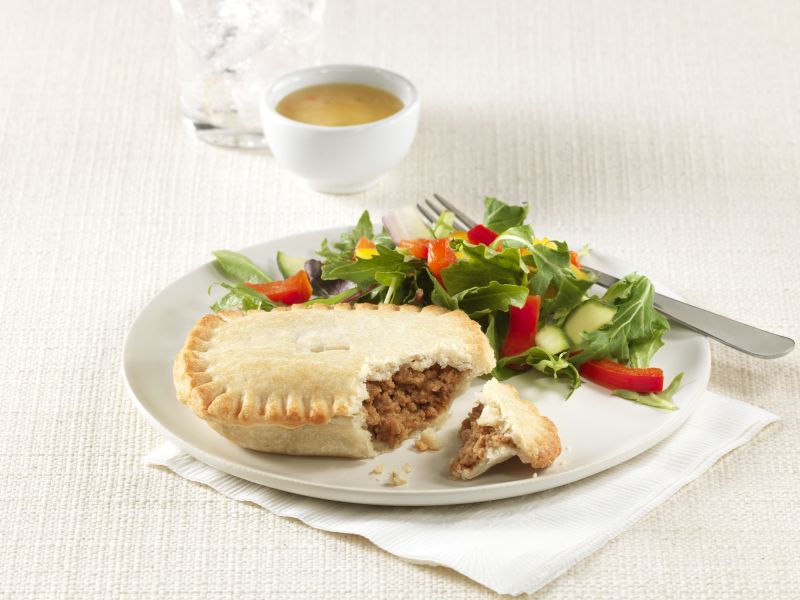[vc_row][vc_column][vc_column_text]Comfort food for seniors
Did you love macaroni & cheese when you were a child? What about Sunday’s pot roast with mashed potatoes? It turns out that the foods that we enjoyed most when we were children, tend to be the same foods we love as we grow into adulthood and older age.
As creatures of habit, we seek comfort from familiar flavours, textures, sights and scents of food. Nutrition behaviours that are formed in childhood become ingrained, and once a particular behaviour or preference is implemented, it’s very hard to change it as we age.
When serving older adults in hospital, retirement or long-term care settings, it’s important to keep in mind that each individual has their own ingrained food preferences. Older adults have already undergone a long period implementing nutrition behaviours during their whole life course. It’s your job to meet them where they are, and try to provide foods that evoke familiar feelings of childhood and the comforts of home.
Bonus: Offering comfort foods on the menu means that the resident is more likely to enjoy their meal, eat more of it, and get the nutrients that they need. Improving the meal experience and decreasing malnutrition are the benefits of offering foods you know your client will love!
How food choices are made
Food selection is actually a complex process, which include decisions based on cultural, sociological and psychological factors. And no matter your age, the factors that are important in food choice include taste, health, convenience, price and traditional beliefs.
The life that a person has led will ultimately form the basis for ongoing food choices. So, someone from a Chinese community that grew up loving congee may always crave it, while someone from a Ukrainian background who grew up with pierogis may have a penchant for them. That’s not to say that older adults are closed-minded to foods from other cultures, but it’s a great reminder that having some of their traditional comfort foods on the menu will make them feel really good!
Differentiating comfort food from comfort eating
A comfort food is described as a food that is prepared in a traditional style, which has some nostalgic or sentimental appeal. This should not be confused with the phenomenon of comfort eating, which is when we eat favourite foods to reduce feelings of stress or make ourselves feel good.
Researchers working with the US Health and Retirement Study database looked at how often seniors displayed comfort eating habits and compared it over a six year period with all-cause mortality (the total number of deaths in that time period).
And you know what’s intriguing? Older adults who participated in more comfort eating had a decreased mortality rate. Researchers determined that comfort eating (even when the food choices were high in fat or sugar) was linked to reduced mortality because when given foods they enjoy, people tend to eat more and retain more body mass, which helps fight against frailty, weight loss and associated diseases.
Of course, this is not an invitation to fill the plates with fries and sweets, but it does highlight the fundamental importance of providing comfort foods that are enjoyable to older adults to keep them healthy for longer. Comfort food does not need to be junk food – though some indulgent snacks seem to be okay based on this study!
There are many hardy and nutritious meal ideas that harken memories of childhood and provide that much-needed connection to good tastes from the past. For some people, that may be chicken cacciatore or curried lentils or egg-drop soup. Anything goes, depending on childhood experiences.
For those that grew up loving pot pies, Maple Leaf has the perfect new comfort food! Schneider’s Chicken & Leek Pot Pie is slow-cooked with a savoury filling made of ground chicken and delicate pieces of leeks enclosed in a flaky pastry. With 13.4g of protein and only 444mg of sodium, it’s a nutritious lunch option. The 125g size is ideal for seniors and the unique oval shape gives it a home-style appearance. It is fork-tender, with a moist texture and the same traditional flavour many people grew up with.
So, whether it is spaghetti and meatballs, veal cutlette or creamy mashed potatoes, take the time to discover which comfort foods your residents or patients crave. Serving what they love will boost their wellness immensely![/vc_column_text][/vc_column][/vc_row]

